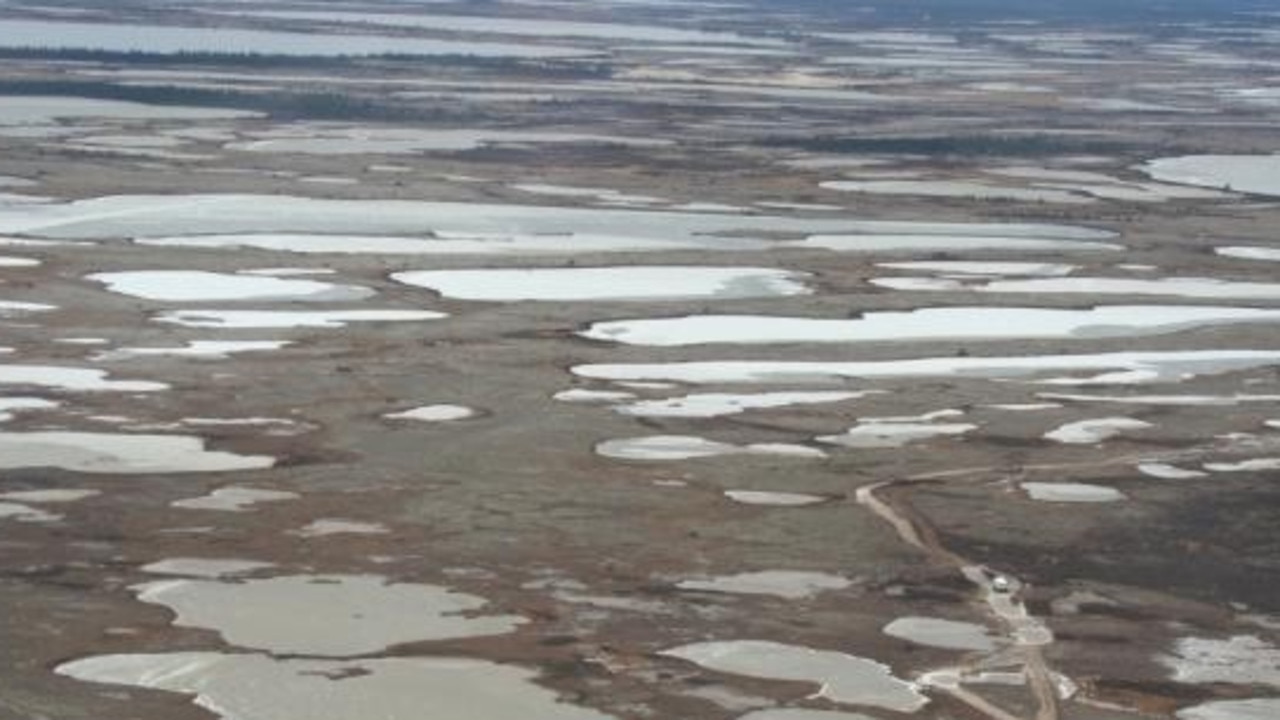Scientists uncover dangerous viruses within thawing permafrost
Scientists have made a shocking discovery about worrisome viruses within Arctic permafrost that could pose a pandemic threat.
Researchers have raised alarm bells over “zombie viruses” being released by thawing Arctic permafrost that has been frozen for tens of thousands of years.
The potentially problematic permafrost – frozen soil beneath the ground – is believed to be concealing chemical and radioactive waste dating back to the Cold War.
If released in the thawing process, viruses within the waste have potential to compromise wildlife and disrupt ecosystems, scientists said, according to Nine News.
“There’s a lot going on with the permafrost that is of concern, and (it) really shows why it’s super important that we keep as much of the permafrost frozen as possible,” Kimberley Miner, a climate scientist at the NASA Jet Propulsion Laboratory at the California Institute of Technology in Pasadena, California, said.
Permafrost, which covers a fifth of the Northern Hemisphere, not only has preserved ancient viruses but also remains of several extinct animals.
Scientists have unearthed and studied mummified remains in recent years, including a woolly rhino and two cave lion cubs.

Permafrost is the perfect preservation environment due to being exceptionally cold, devoid of oxygen and entirely protected from light.
Rapidly warming Arctic temperatures however is causing the region’s top layer of permafrost to weaken.
Jean-Michel Claverie, an Emeritus professor of medicine and genomics at the Aix-Marseille University School of Medicine in Marseille, France, tested samples from Siberian permafrost in his search for what he called “zombie viruses”, and actually managed to find some.
Prof Claverie studies giant viruses which he first found in 2003 and are bigger than typical viruses while also being visible under a regular light microscope.
He was inspired initially after a team of Russian scientists revived a wildflower in 2012 from a 30,000-year-old seed tissue discovered in the burrow of a squirrel.

Prof Claverie in 2014 revived a virus isolated from permafrost by inserting it into cultured cells, making it infectious for the first time in 30,000 years.
The virus was deliberately selected because it could only affect single-celled amoebas, which posed no threat to animals or humans.
He repeated the process successfully in 2015 then wrote in the journal, Viruses, about how he and his team isolated several strains of ancient virus from multiple permafrost samples.
Elements of viruses and bacteria that can threaten humans have however also been found in preserved permafrost.
The body of a woman exhumed in 1997 from permafrost in Alaska was found to contain genomic material from the influenza strain responsible for the 1918 pandemic.
Scientists also in 2012 confirmed 300-year-old mummified remains belonging to a woman buried in Siberia contained genetic signatures of the virus that caused small pox.






